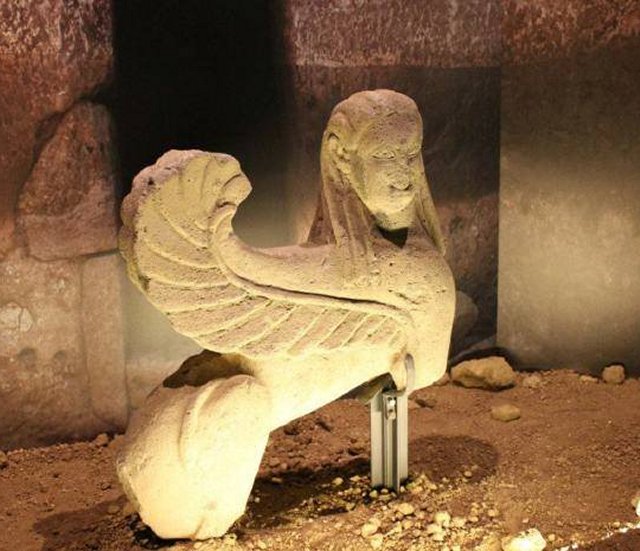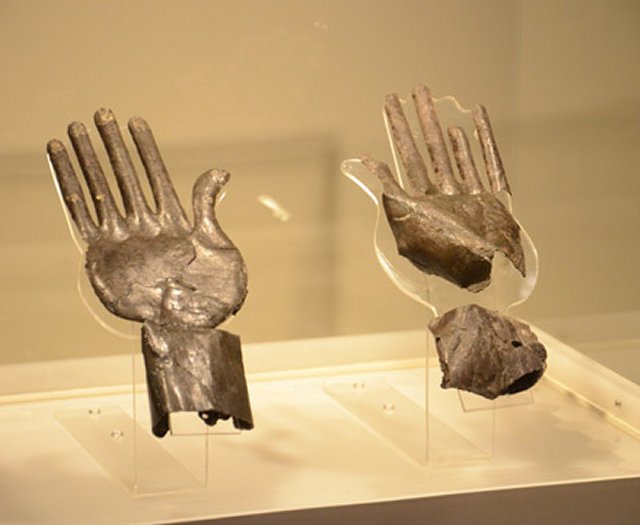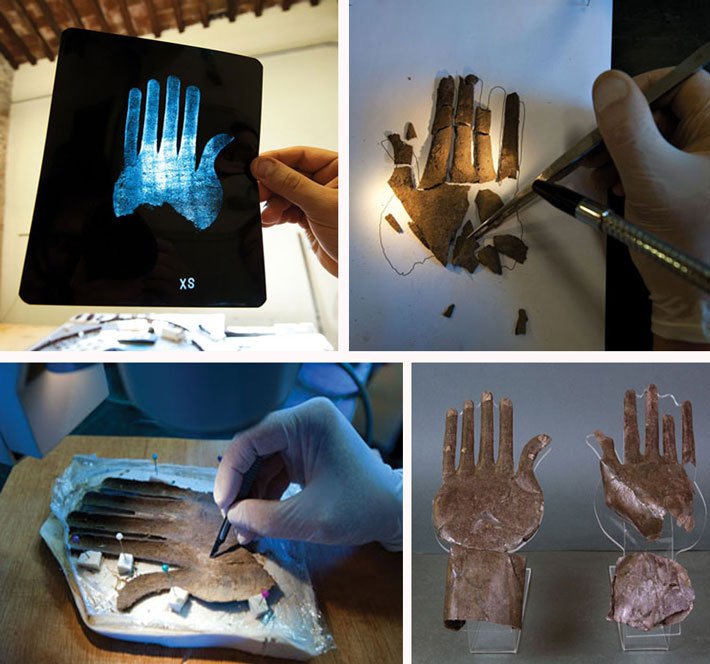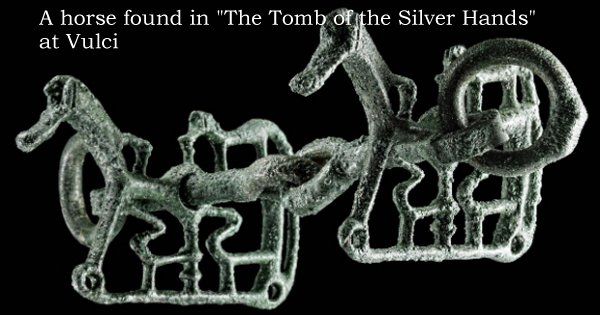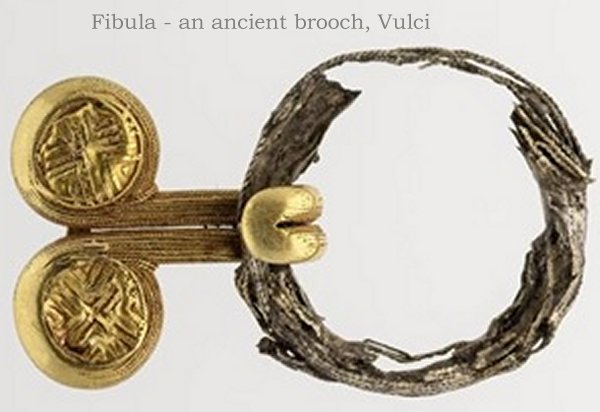Mystery Of The Silver Hands Discovered In An Etruscan Tomb Full Of Secrets
A. Sutherland - AncientPages.com - Italy's famous City Park of Vulci (Vulci Archaeological Naturalistic Park) north of Rome has its ancient secrets but at the same time gives the opportunity to travel through time in order to reach the Etruscans - one of the most enigmatic civilizations in Europe.
In the park - one of the most important centers of Ancient Etruria in central Italy - located about 75 miles northwest of Rome, there is an Etruscan and Ancient Roman city, and necropolis of Vulci, Osteria.
One the recent diggings revealed an Etruscan tomb that dates from the late 7th century BC.
The Tomb of The Sphinx, Park at Vulci, Italy.
The tomb is believed to have been that of a woman. The grave goods buried with the body are all intact. Archaeologists discovered painted beads, an iron fibula ancient brooch, jars and a bucchero in a Corinthian style – a bucchero is a type of ceramic black pot with a glossy surface made by the Etruscans," reported Italy Magazine in spring 2013.
Archaeologists also unearthed an Egyptian scarab at the site. The scarab depicts the falcon-headed Egyptian god Horus and is thought to date from 746 BC to 525 BC.
Several important discoveries have been made at Vulci. The necropolis, already known from the nineteenth century to the extraordinary funerary complexes brought to light, such as the "Tomb of the Sun and the Moon," the "Panathenaic", "Carved Ceilings" and a monumental burial, the "Tomb of the Sphinx", dating from the sixth century BC and unearthed at the end of the excavation.
The magnificent sculpture in nenfro depicting a sphinx, probably placed at the entrance of the tomb in order to protect the deceased and accompany them in the Hereafter.
The head of a second sphinx, from another tomb in the necropolis, an initial restoration has allowed us to identify traces of the original red color.
(Marco Merola)The silver hands were taken to a nearby laboratory. There (top row, left to right) researchers X-rayed them, fit the pieces of the right hand back together, and (bottom row, left to right) carefully cleaned the more intact left hand. The result: two completely restored and conserved hands.(Archaeology.org)
Archaeologist Carlo Casi, who manages the Vulci archaeological park on behalf of the local archaeological superintendency of Etruria Meridionale said:
"Tomb of the Sun and the Moon" was the most important funerary complex in the area, and we know the area was open for visitors until the middle of the nineteenth century."
"But since then it has literally been swallowed up by nature." Three years ago, Casi and his team set out to rediscover the "Tomb of the Sun and the Moon" using topographic maps of the area, some of which were drawn in the nineteenth century.
"Unfortunately, we weren't able to find the tomb again, probably because the people who drew the maps of the area made some errors in locating it."
However, yet another archaeologists extraordinary discovery was made when scientists encountered a most spectacular place, namely, "The Tomb of the Silver Hands", a monumental place, with a long corridor with an atrium open to the sky and leading to three burial chambers that contained the remains of at least three individuals.
This tomb must have belonged to high-ranking members of the Etruscan society regardless of their gender.
A freelance journalist Marco Merola wrote in his article:
"While excavating Chamber A, Casi noticed something unusual lying on the ground among a variety of artifacts—two well-preserved silver hands with traces of gold on the fingers and gold-plated fingernails,"
“I knew immediately that these hands had once been part of a sphyrelaton, a kind of wooden funerary dummy that represented the dead and guarded his or her soul after the body had been cremated,” says Casi. Most often the dummy represented a warrior or a nobleman, but in this case the figure was probably a woman."
The rare and fragile "Silver Hands" gave their name to the tomb, made with a foil of an alloy of silver and copper embossed with a slight gold leaf applied on the nails of three fingers.
Near the hands on the ground, the archaeologists also recovered some purple threads that they believe were used to tie gold studs to a brightly colored garment that once clothed the dummy.
They also found iron and bronze fibulae, little gold balls, pieces of faience, and amber and bone beads that likely were once part of several very fancy necklaces..."
Written by – A. Sutherland AncientPages.com Senior Staff Writer
Copyright © AncientPages.com. All rights reserved. This material may not be published, broadcast, rewritten or redistributed in whole or part without the express written permission of AncientPages.com
More From Ancient Pages
-
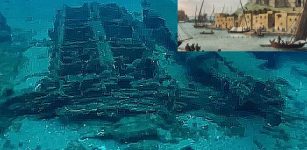 Ancient Roman Port Discovered Off The Syrian Coast
News | Feb 16, 2021
Ancient Roman Port Discovered Off The Syrian Coast
News | Feb 16, 2021 -
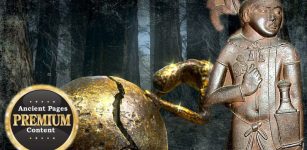 Forbidden High-Tech Knowledge Of A Controversial Ancient Lost Super Race
Civilizations | Jun 22, 2018
Forbidden High-Tech Knowledge Of A Controversial Ancient Lost Super Race
Civilizations | Jun 22, 2018 -
 Ancient Entrance Gate Found In Biblical City Of Bethsaida (Zer) Where Jesus Performed His Deeds Of Power
Archaeology | Jul 11, 2018
Ancient Entrance Gate Found In Biblical City Of Bethsaida (Zer) Where Jesus Performed His Deeds Of Power
Archaeology | Jul 11, 2018 -
 Pomegranate-Liked Seeds Found In Ancient Tomb Dated To Han Dynasty
Archaeology | Feb 22, 2017
Pomegranate-Liked Seeds Found In Ancient Tomb Dated To Han Dynasty
Archaeology | Feb 22, 2017 -
 Mysterious Stone Of The Sky God: Krishna’s Butter Ball Defies All Laws Of Physics
Featured Stories | Aug 20, 2014
Mysterious Stone Of The Sky God: Krishna’s Butter Ball Defies All Laws Of Physics
Featured Stories | Aug 20, 2014 -
 Luna Settlement: First Multi-Year European Settlement Identified In Pensacola, Florida
Archaeology | Dec 26, 2015
Luna Settlement: First Multi-Year European Settlement Identified In Pensacola, Florida
Archaeology | Dec 26, 2015 -
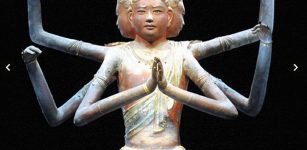 CT Scan Reveals Repairs And Damage Of 1,300-Year-Old Three-Headed And Six-Armed Statue
Archaeology | Feb 23, 2017
CT Scan Reveals Repairs And Damage Of 1,300-Year-Old Three-Headed And Six-Armed Statue
Archaeology | Feb 23, 2017 -
 New Species Of Stegosaur Is Oldest Discovered In Asia, And Possibly The World
Fossils | Mar 7, 2022
New Species Of Stegosaur Is Oldest Discovered In Asia, And Possibly The World
Fossils | Mar 7, 2022 -
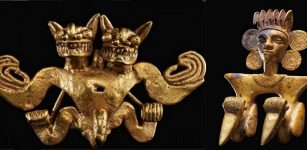 Mysterious Sophisticated Gran Coclé Culture Reveals Its Ancient Secrets
Civilizations | Mar 9, 2020
Mysterious Sophisticated Gran Coclé Culture Reveals Its Ancient Secrets
Civilizations | Mar 9, 2020 -
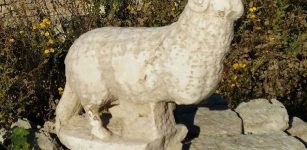 Impressive Marble Statue Of A Ram, An Ancient Christian Symbol For Jesus Discovered
Ancient Symbols | Dec 28, 2015
Impressive Marble Statue Of A Ram, An Ancient Christian Symbol For Jesus Discovered
Ancient Symbols | Dec 28, 2015 -
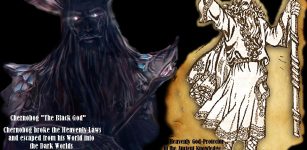 Belobog White God In Everlasting Fight With His Cursed, Evil Counterpart, Chernobog In Slavic Beliefs
Featured Stories | Dec 4, 2017
Belobog White God In Everlasting Fight With His Cursed, Evil Counterpart, Chernobog In Slavic Beliefs
Featured Stories | Dec 4, 2017 -
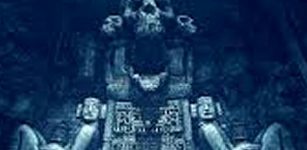 Cave Of The Stone Sepulcher – ‘Actun Tunichil Muknal’ And Its Dark History
Featured Stories | Mar 22, 2019
Cave Of The Stone Sepulcher – ‘Actun Tunichil Muknal’ And Its Dark History
Featured Stories | Mar 22, 2019 -
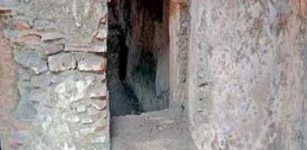 1,200-Year-Old Rock-Cut Temple Found On Banks Of Arjuna River,Tamil Nadu, India
Archaeology | Sep 3, 2020
1,200-Year-Old Rock-Cut Temple Found On Banks Of Arjuna River,Tamil Nadu, India
Archaeology | Sep 3, 2020 -
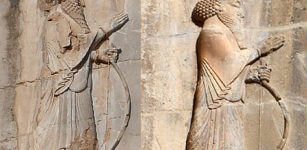 Naqsh-e Rostam: Spectacular Tomb Complex With Rock Reliefs From Elamite To Sasanian Times
Civilizations | Nov 15, 2018
Naqsh-e Rostam: Spectacular Tomb Complex With Rock Reliefs From Elamite To Sasanian Times
Civilizations | Nov 15, 2018 -
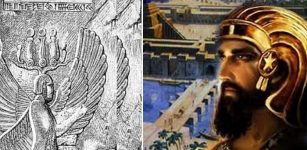 Cyrus The Great: Founder Of Achaemenid Empire Who Conquered Medians, Lydians And Babylonians
Featured Stories | Mar 21, 2019
Cyrus The Great: Founder Of Achaemenid Empire Who Conquered Medians, Lydians And Babylonians
Featured Stories | Mar 21, 2019 -
 Nomadic Pasture Farming Was Developed 7,000 Years Ago In Swiss Alps
Archaeology | Apr 13, 2017
Nomadic Pasture Farming Was Developed 7,000 Years Ago In Swiss Alps
Archaeology | Apr 13, 2017 -
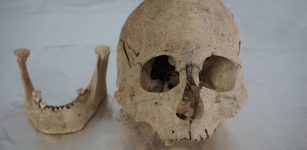 DNA Study Of Ancient Humans Sheds Light On Human Evolution On The Tibetan Plateau
Archaeology | Mar 21, 2023
DNA Study Of Ancient Humans Sheds Light On Human Evolution On The Tibetan Plateau
Archaeology | Mar 21, 2023 -
 Pyla-Koutsopetria: Complexity Of Ancient Fortifications Of Pyla-Vigla, Cyprus – Explored
Archaeology | Oct 15, 2019
Pyla-Koutsopetria: Complexity Of Ancient Fortifications Of Pyla-Vigla, Cyprus – Explored
Archaeology | Oct 15, 2019 -
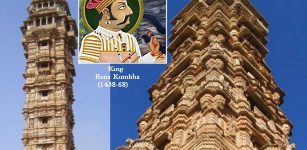 Spectacular Victory Tower Dedicated To Hindu God Vishnu And Pioneered By King Rana Kumbha
Featured Stories | Apr 25, 2021
Spectacular Victory Tower Dedicated To Hindu God Vishnu And Pioneered By King Rana Kumbha
Featured Stories | Apr 25, 2021 -
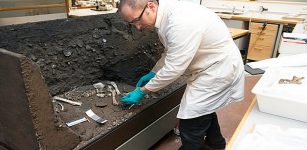 8200-Year-Old ‘Viste Individual’ – DNA Analysis May Shed Light On Early Migration To Norway
Archaeology | Dec 6, 2015
8200-Year-Old ‘Viste Individual’ – DNA Analysis May Shed Light On Early Migration To Norway
Archaeology | Dec 6, 2015

